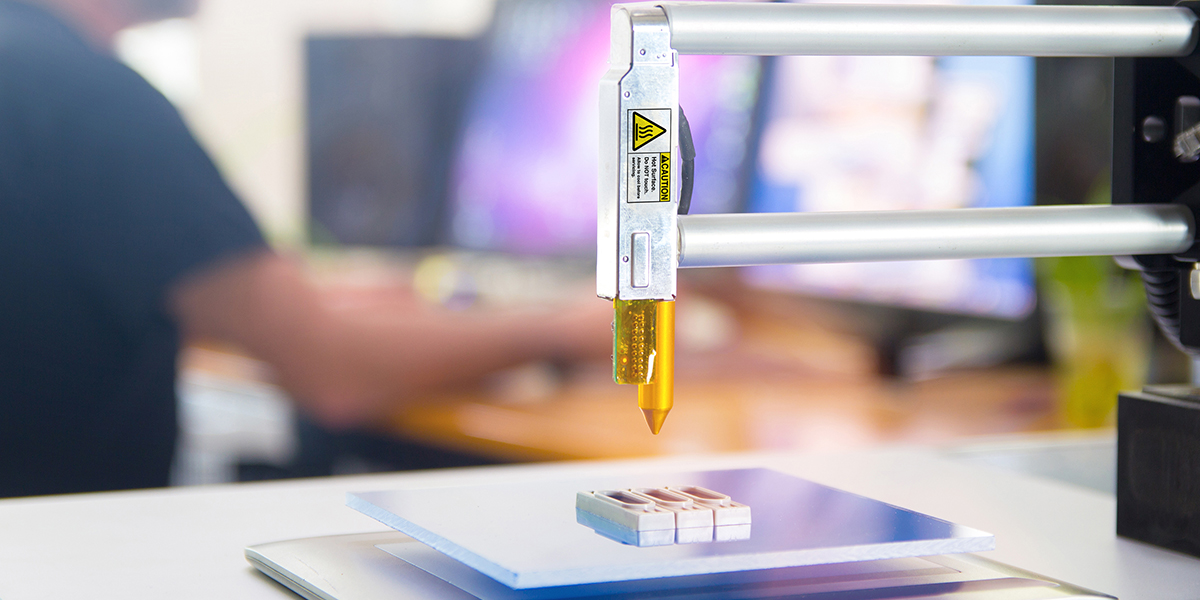OSMA's NDE Program Presents on Additive Manufacturing
October 15, 2015
2-minute read

NASA’s Office of Safety and Mission Assurance’s (OSMA) Nondestructive Evaluation (NDE) program is leading a variety of agency initiatives to ensure the successful qualification of Additive Manufacturing (AM) products for deployment on future NASA missions. AM provides unique and exciting opportunities to fabricate highly complex, design-to-constraint parts that are lighter, generate less waste during fabrication, require fewer parts for assembly and can be fabricated with shorter lead times at a reduced cost.
Since last December, program representatives have provided presentations to various audiences that highlighted their efforts and new ventures. Three of these presentations are provided below for greater awareness of efforts underway by OSMA’s NDE program to help ensure the success of these new AM technologies.
The first presentation summarized the “Nondestructive Evaluation of Additive Manufacturing State-of-the-Discipline Report” for OSMA’s leadership. The presentation went over details from the report including the benefits of AM, current NASA AM activities and technological gaps that can be filled by application of NDE, among other areas.
The second presentation, “Qualification of Products Fabricated via Additive Manufacturing Using Nondestructive Evaluation,” was presented at the 2015 Trilateral Safety and Mission Assurance Conference (commonly known as TRISMAC) in Italy in May. This presentation reviewed key NDE challenges and recommendations, including NASA-led international efforts to develop and standardize NDE for the qualification of AM parts.
The final and most recent presentation, “Summary of NDE of Additive Manufacturing Efforts in NASA,” reviewed
- The rationale for using AM in space
- AM activities including basic tool development, ground-based manufacturing and space-based manufacturing
- The National Institute of Standards and Technology gap analysis that outlined five challenge areas for NDE” materials, process and equipment, qualification and certification standards, modeling, and simulation
- NDE program work on AM happening at Marshall Space Flight Center, Langley Research Center, Goddard Space Flight Center, the Jet Propulsion Laboratory, Johnson Space Center, Kennedy Space Center, Glenn Research Center, Ames Research Center and White Sands Test Facility
The presentation was given in June at an annual conference sponsored by Iowa State, and was attended by NDE experts from NASA, other U.S. government agencies, international bodies, industry and academia. The primary goal for this third presentation was to receive peer feedback on NASA’s efforts.